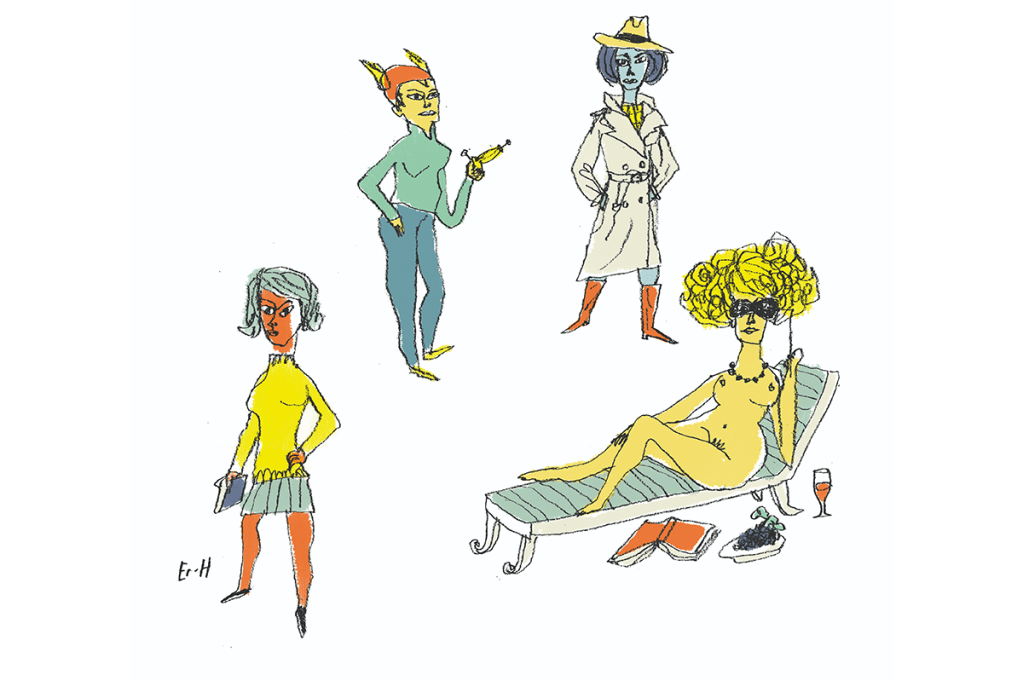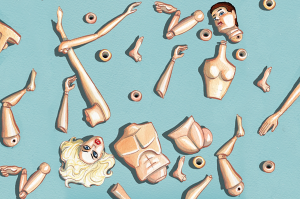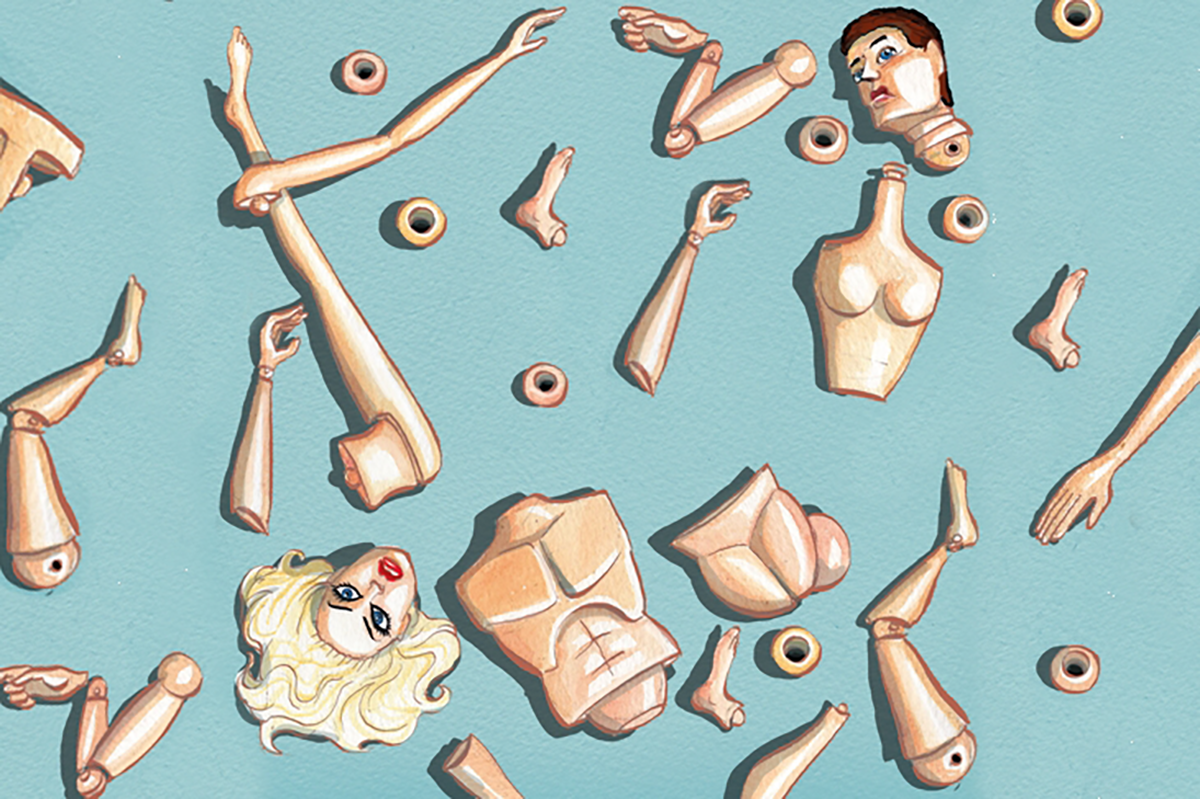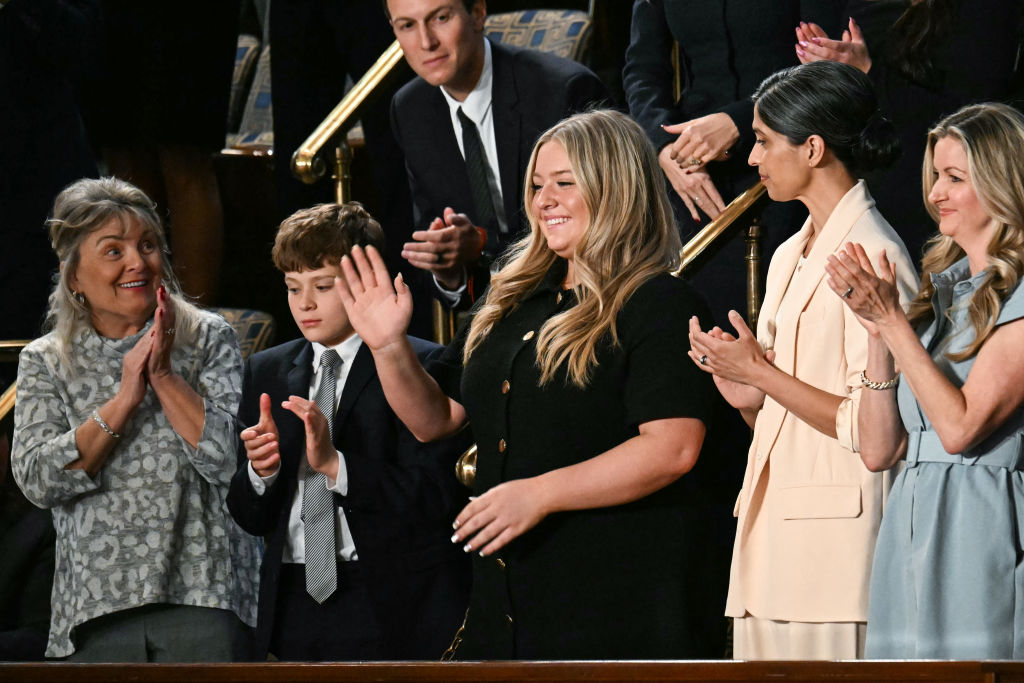In the 2010s, fanfiction had a serious moment in the United States. After nearly 30 years of hiding — first in handmade snail-mail fanzines, then in closed-off fan communities online, then on websites like LiveJournal, Fanfiction and AO3 (An Archive of Our Own) — ‘geek culture’ broke into the mainstream.
For a moment, fanfiction was everywhere. Finally, it wasn’t just the diehard fans who wanted to participate: it was everyone or, at least, what felt like everyone. Reporters took notice. Vulture published ‘It’s a Fan-Made World: The Fan Culture Revolution’. VICE commented on the ubiquity of fanfiction about the boy band One Direction and the impact of Fifty Shades, among other things. Jezebel and BuzzFeed both marveled at the Omegaverse, not once, but twice each. The New Yorker opined about fanfiction’s future, and even the ‘paper of record’ found something fit to print (several times).
By 2015 it was common knowledge that your fanfiction could score you a multimillion-dollar book deal or a blockbuster movie series (see: E.L. James’s Fifty Shades of Grey and Cassandra Clare’s The Mortal Instruments). It was also widely known that these weren’t exactly flukes. Fanfiction’s influence on the mainstream was staggering. Upload numbers were estimated to be well into the millions for stories about One Direction alone — and that was small compared to properties like Star-Trek, Star Wars, Harry Potter or the Marvel Cinematic Universe.
As fanfiction transitioned from an obscure, cultish sideshow to an expression of fandom as mainstream as hanging movie posters on your wall or buying band merch, its endemic idiosyncrasies went mainstream too. The general public became acquainted with concepts like ‘slash’. In fact, one might argue that slash took center stage during fanfiction’s big moment.
Slash is any fanfic that’s anchored in a homosexual relationship. It’s named for the slash between names that denotes the couple depicted (e.g.., Kirk/Spock from Star-Trek, or Louis/Harry from One Direction), and it’s one of the most common genres of fanfiction. The couplings need not be true to life: usually they’re pure fantasy. After all, who’s going to believe that Kirk would take Spock over…well, any female Earthling who moves?
What captivates fans and Fan Studies departments alike about slash is that it’s principally written by and for frequently adolescent, cisgender heterosexual women. Surveys of slashfic also show that it is an inherently feminine expression of erotica. Slash emphasizes themes like nurturing, bonding (often telepathic), and intense, lifelong commitment. In some stories, a character even gets pregnant — works in this literary sub-genre are called ‘mpreg’ (male pregnancy).
These are not typically masculine expressions of sexuality. Even when, as in the fantasy scenario aboard the starship Enterprise, the characters are male, slashfic tends to lack deep homoeroticism. In her brilliant and prescient essay, ‘Pornography For Women, By Women, With Love’, Joanna Russ describes the traditional roots of the intense and stereotypically feminine pair-bonding that underpins most slashfic:
‘These endless hesitations and yearnings resemble the manufactured misunderstandings of the female romance books (themselves sexual fantasies for women). In fact, so paralyzing are these worries and scruples and hesitations to the two characters involved that over and over again the lovers must be pushed together by some force outside themselves. Somebody is always bleeding or feverish or concussed or mutilated or amnesiac or what-have-you in these tales.’
Fan Studies scholars, fanfic writers and armchair psychologists alike have offered dozens of explanations about why this medium is female-dominated. Some explanations are crass: ‘It gets them hot, and the same is true of straight men.’ Another strategy for explaining away feminine sexuality is to suggest that as the authors are usually adolescent straight women, they might only be familiar with heterosexual and heteronormative sex; that is, the feminization part is a happy accident, and if these budding Jane Eyres were more familiar with masculine expressions of sexuality, they would include themselves along with their Mr Rochesters.
Other explanations are more nuanced. Russ’s persistent and popular theory notes that male characters are usually more fleshed-out in pop culture. This creates an environment conducive to homoerotic fantasy, and that combines with the desire to be freed from traditional gender roles to produce a ideal of erotic equality that men and women cannot attain in real life.
There’s an ideal that the female characters in fiction are often hyperfeminized. This can render them unrelatable and even alienating, as opposed to aspirational, especially if you’re a teen girl not yet comfortable in her own skin. It’s not quite ‘intrasexual competition’ as we know it, but it’s something approximating it. So it is less threatening to embody a male character than a female one, particularly if a male character is being used as a lens through which you’re exploring feelings of intimacy. That is to say, if you’re writing slash because you have a crush on one of the male characters depicted, maybe it’s ‘safer’ for it to be expressed between two males, as opposed to a man and a woman, which might arouse feelings of sexual jealousy or discomfort.
I conducted a series of interviews with young women who had used Tumblr during their adolescence. Slash often takes center stage in their social lives. Almost every woman who is active in some fan communities is also an active participant in slash, either via fanfiction or text-based roleplaying, which is a more participatory version of fanfiction: a sort of collaborative short-story writing exercise.
Often my respondents confirm findings in prior studies: the detachment between themselves and the male personae helps create a playground where they are able to safely explore their sexuality. Again and again, people describe slash as emotionally passionate in ways that standard forms of pornography or even plain erotica are not. Slash is a gateway to an intimacy they couldn’t find in real life or through other media.
‘I liked fanfiction because it’s a story,’ says C., a 21-year-old former Tumblr user. ‘You feel the emotions of sex, but it wasn’t just sex. It was romance and feeling.’ She also said, ‘Porn has tarnished certain aspects of relationships. No one talks about sex as romantic, how it feels, the actual feelings of it. What you do is transactional.’
Fanfiction, by comparison, is the apex of romance. But another theme emerged in my conversations, one that rang true to my own experience as a preteen and teen who grew up online in fan spaces. It’s best embodied in a question you often see thrown around in younger queer communities: ‘Do I want to be them, or am I attracted to them?’
Dozens of women told me that their engagement with slash wasn’t as simple as exploring their sexuality. It also wasn’t as simple as feeling aroused by homosexual love or feeling freed from the expectations placed on women by traditional gender norms. Part of them wants (that is, part of their psyches) to be the characters they were writing about in a real sense. Part of the experiment with intimacy is understanding intimacy with themselves, albeit a self reimagined as a man. For two women I spoke to, this led exactly where you might assume it would lead. Slash drew them into a larger conversation about gender identity. It convinced them that they were transgender or otherwise gender nonconforming, and that led to real-life changes in identity. These women are now ‘detransitioners’, women who have transitioned to a male or masculine identity but then found that they are more comfortable living as women.
For others, the situation was less straightforward and more perplexing. They felt comfortable as gender-conforming women in their day-to-day lives, so why were they obsessively imagining themselves as men? Why was a male persona their chief outlet for fantasy?
Interestingly, many of the women I spoke to also struggled with eating disorders and viewed ‘pro-anorexia’ content. They stated that their fixation on certain male characters dovetailed with their desire to be less curvy.
But when I prodded them, asking them again if they were sure it wasn’t discomfort with being a woman, they said no, they liked being women. It wasn’t about freeing themselves from gender norms or the male gaze, or anything of the sort. They insisted they weren’t sure why they had gone through this phase. For a brief moment as teenagers, they just preferred to experience a fantasy of intimacy as a man. And then one day they woke up and didn’t need it anymore. Imagine that.
This article was originally published in The Spectator’s September 2021 World edition.

























